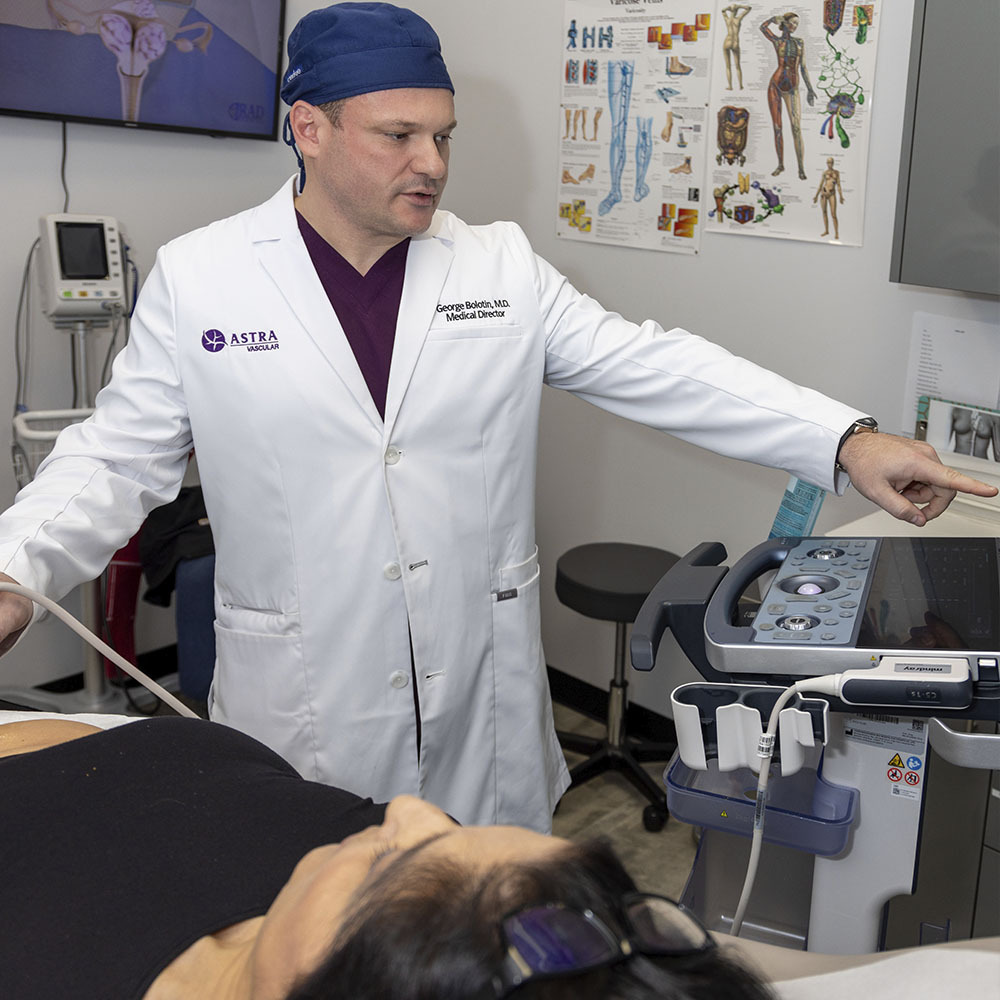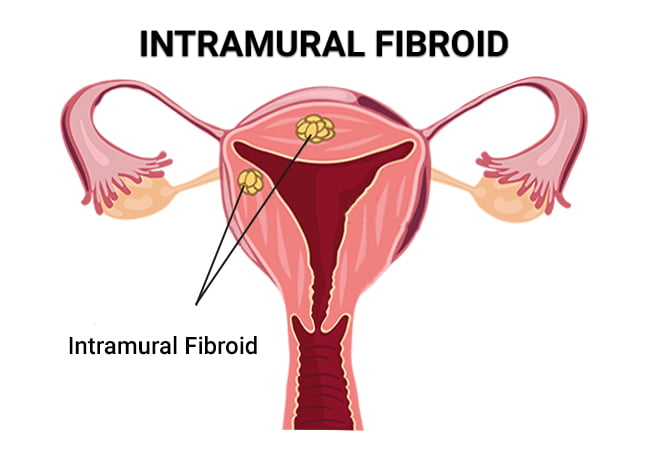
Intramural fibroids are so common in women that they’re too often ignored as a source of fertility complications or excessively painful menstruation. Rely on Interventional Radiology experts when it comes to pain in your uterus. These fibroids, which form in your uterus, can be treated easily with an intramural fibroids natural treatment. Even if you need more immediate relief from the troubling side effects of fibroids, your best alternative is an expert such as Dr. George Bolotin with the Astra Fibroid Treatment Specialists in Brooklyn, New York and Bronx, New York. Find out what’s causing your pain and discomfort. Call Dr. Bolotin today for an appointment.
 Intramural fibroids are non-cancerous growths that develop between the muscles of your uterus. They’re among the most common type of uterine fibroids. Research shows that 70 to 80 percent of women will develop fibroids by the age of 50, and a large percentage of those fibroids are intramural tumors. They can be asymptomatic, but they come with severe symptoms for some women. These fibroids can range in size from a pea to a grapefruit.
Intramural fibroids are non-cancerous growths that develop between the muscles of your uterus. They’re among the most common type of uterine fibroids. Research shows that 70 to 80 percent of women will develop fibroids by the age of 50, and a large percentage of those fibroids are intramural tumors. They can be asymptomatic, but they come with severe symptoms for some women. These fibroids can range in size from a pea to a grapefruit.
As many as 30 percent of infertile patients have fibroids, and some symptoms are excruciatingly painful. Seek treatment early if you suspect you have them. At the Brooklyn and Bronx practice of the Astra Fibroid Treatment Specialists, Interventional Radiologist Dr. George Bolotin is a vein and fibroid specialist, who employs the latest medical technology and cutting-edge fibroid treatments.
When you visit the Astra Fibroid Treatment Specialists, Dr. Bolotin performs a physical exam, takes a medical and family history, and orders a diagnostic test to determine the location, size and extent of your intramural fibroids. Intramural fibroids fall into one of three types:
Your fibroids specialist has access to the latest equipment for diagnostic tests, including fibroid ultrasounds and other technologies. Dr. Bolotin uses the diagnostic information to recommend either surgical fibroid removal or an intramural fibroids natural treatment.

While some women don’t have any symptoms when they develop intramural fibroids, you may experience one or more of the fibroid pain conditions, such as:
Since he’s an accomplished Interventional Radiologist, Dr. Bolotin can examine how your fibroids affect nearby organs to cause these symptoms. The diagnostic imaging tests also tell him the best way to treat or remove the fibroids.
Doctors haven’t found a definitive cause of uterine tumors, but there are categories of women who seem to be more at risk, such as:
Besides losing weight if you’re overweight, there’s not much you can do to prevent fibroids. But they are treatable. Get regular checkups, especially if you’re trying to get pregnant.
The location of intramural fibroids inside your uterine cavity makes them a threat to fertility. These tumors can affect your fertility in a number of ways, including:
If you’ve had problems conceiving and experienced some bleeding, consult your doctor. Some fibroids may not show symptoms, which makes it hard to tell if you have any such growths in your uterus. Dr. Bolotin uses a patient-centric approach to fibroids with an individualized treatment plan based on thorough diagnostic imaging tests.
Treatment starts with an accurate diagnosis regarding the type, size and location of any intramural fibroids. Dr. Bolotin recommends the most appropriate approach for you, which may mean a combination of intramural fibroids natural treatment, medication and surgery. Treatment options for intramural fibroids can include:
If you experience any symptoms of intramural fibroids, Dr. Bolotin of the Astra Fibroid Treatment Specialists in Brooklyn and Bronx can help. Contact Dr. Bolotin today to get a lasting solution for these life-disrupting growths.
Vein & Vascular Medical Care
4209 Ave U, Suite A.
Brooklyn, NY 11234
(347) 934-9068
Vein & Vascular Medical Care
869 E Tremont Ave
Bronx, NY 10460
(929) 447-4563